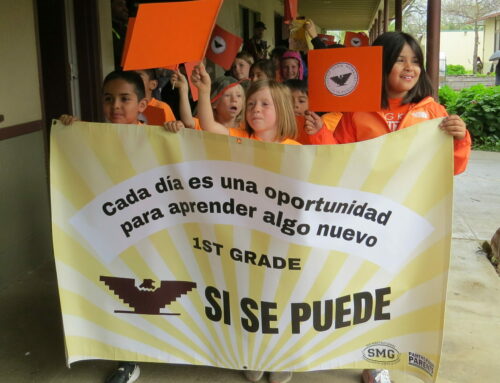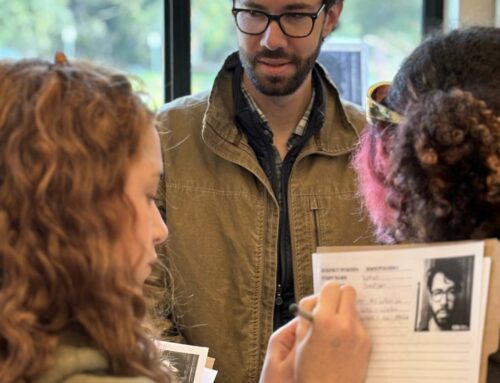New educational strategy deals with learning and behavioral disabilities
Published in the Jan. 8, 2014 issue of Morgan Hill Life
By Staff Report
Morgan Hill resident Richard Waldman has a passion for helping people with learning disabilities. While working as a tutor with inmates at Salinas Valley State Prison in Soledad, he developed a new strategy in education for dealing with learning and behavioral disabilities that proved to be very effective.
The founder of A Better Way of Thinking, Waldman is working through his educational foundation to create new paths to learning.
Morgan Hill Life asked Waldman how his program is different from other tutoring services.
We’re hearing more in the news about learning disabilities. How extensive is this problem?
The National Center for Learning Disabilities reports that approximately 2.4 million students — 41 percent of all American students — have been diagnosed with learning disorder. The term “disorder” is a diagnostic term used by medical and health professionals, while the federal government calls this condition a “disability.”
Close to half of secondary students with LD perform more than three grade levels below their enrolled grade in essential academic skills, such as math and reading. Sixty-seven percent of students with LD graduate from high school with a regular diploma versus 74 percent of students in the general population. Twenty percent of students with LD drop out of high school versus 8 percent of students in the general population. Ten percent of students with LD are enrolled in a four-year college within two years of leaving school, compared with 28 percent of the general population.
Students having LD are more likely to skip class or school, be disrespectful or have a negative attitude. Behaviors that result in suspension or expulsion can be a student’s way of avoiding the stress and anxiety that may occur when education becomes stressful.
Are there common learning disabilities that parents can recognize?
One is dyslexia, a language-based disability in which a person has trouble understanding written words. Dyscalculia is a mathematical disability in which a person has a difficult time solving arithmetic problems and grasping math concepts. And dysgraphia is a writing disability in which a person finds it difficult to form letters or write within a defined space. From my perspective, any state of mind, mental process or condition that impacts learning should be addressed.
What does a parent need to know about learning disabilities?
Learning disabilities are pervasive and need to be identified and addressed early-on. Without the proper diagnosis and intervention, a student can quickly fall behind. Falling behind can seriously impact a student’s self esteem.
Learning disabilities have little or nothing do with intelligence, but everything to do with how our brain is wired. Learning disabilities are common, not always apparent and have affected notables such as Jay Leno, Richard Branson, Terry Bradshaw, Cher, Tom Cruise, Albert Einstein, Thomas Edison and John Lennon.
How does your new strategy assist students who are struggling in school?
My job is to see what the student sees. Creating a new learning path is dependent upon a student being able to identify and articulate those thoughts and feelings associated with the disability. The student’s information is blended with our strategy to create a new paradigm, which enables the student to reorganize their thoughts “around-the-disability,” which becomes the new learning path.
When a student gives up on school, how do you inspire them?
As educators, one of the most important things we can do to motivate students to value education is to help them discover and develop their future self. I let students know, up-front, they’re incredibly bright, have an enormous talent and that lacking a skill, which we all do to some degree, can be strengthened through practice and A Better Way of Thinking.
What makes your educational strategy unique compared to other tutoring systems?
My strategy is to educate each student in how to evaluate their thoughts, attitude and actions. Without knowing what makes up their inner dialogue, the ability to inspire students to embrace A Better Way of Thinking becomes problematic. Testing and assessments assist in defining a student’s learning capability. However, these procedures fail to include a critical piece of the learning puzzle.
Contact: Richard Waldman at (408) 422-1983
or visit his website at www.abwot.org







